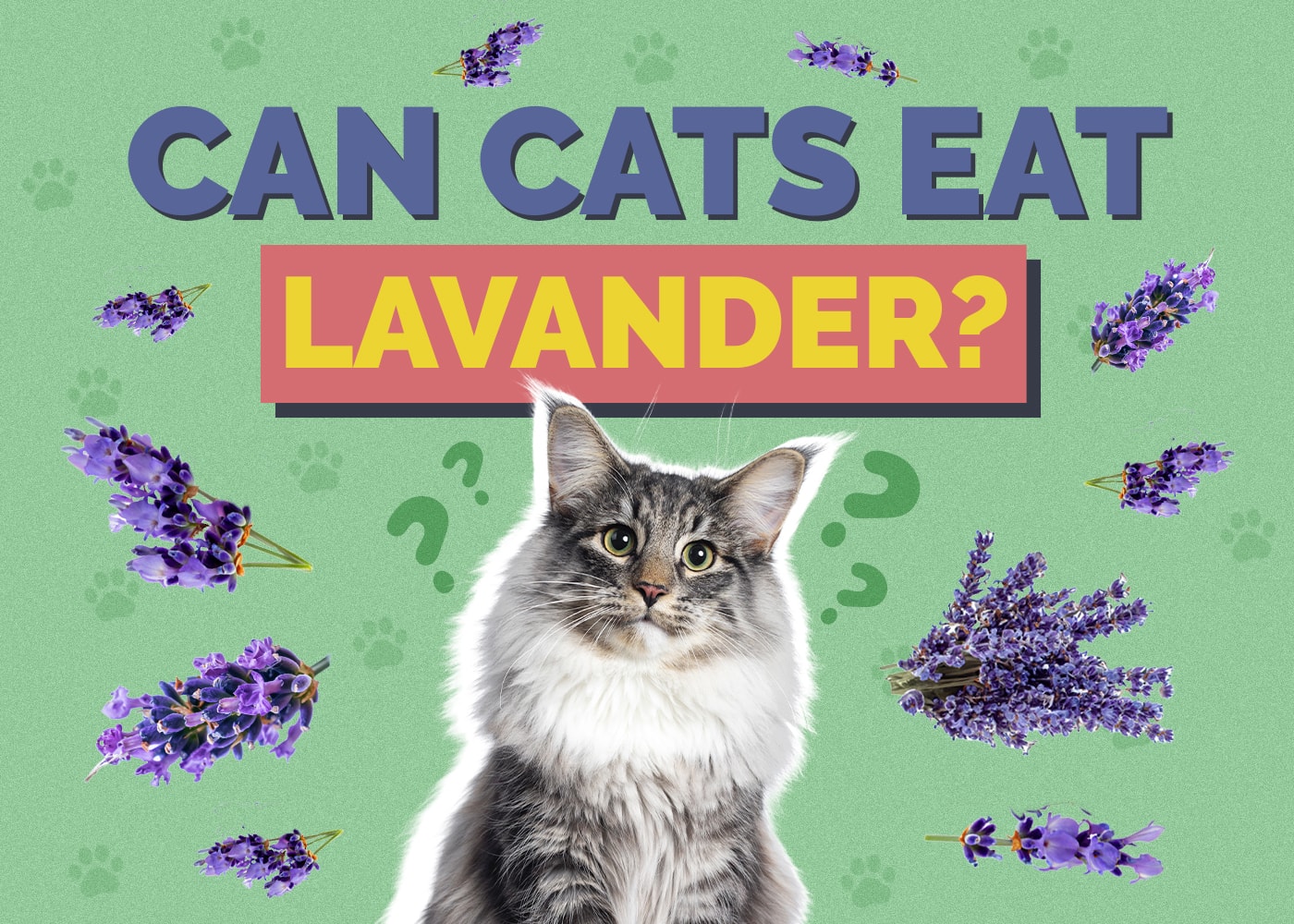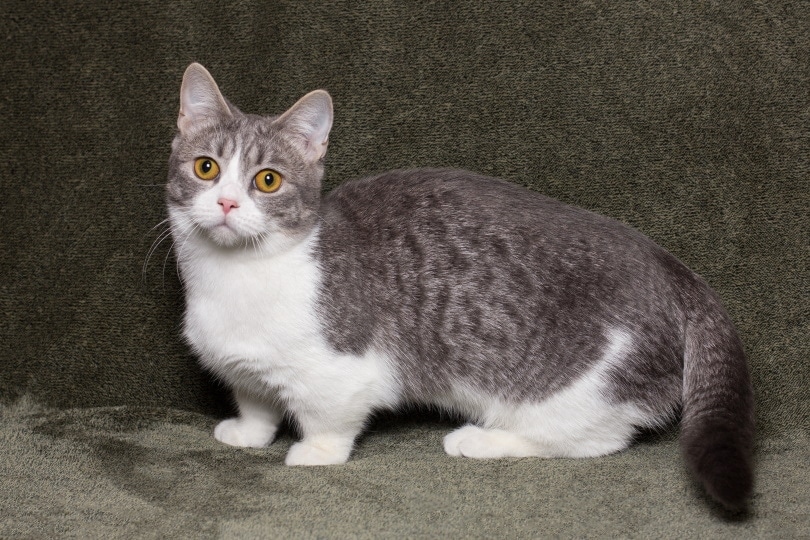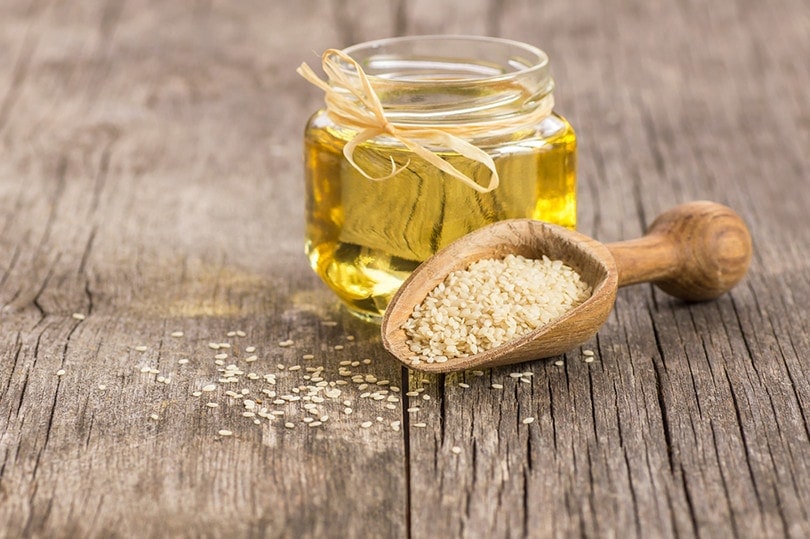Is Nephthytis (Arrowhead Vine) Toxic to Cats? Vet-Reviewed Risks & Safety Tips
Updated on
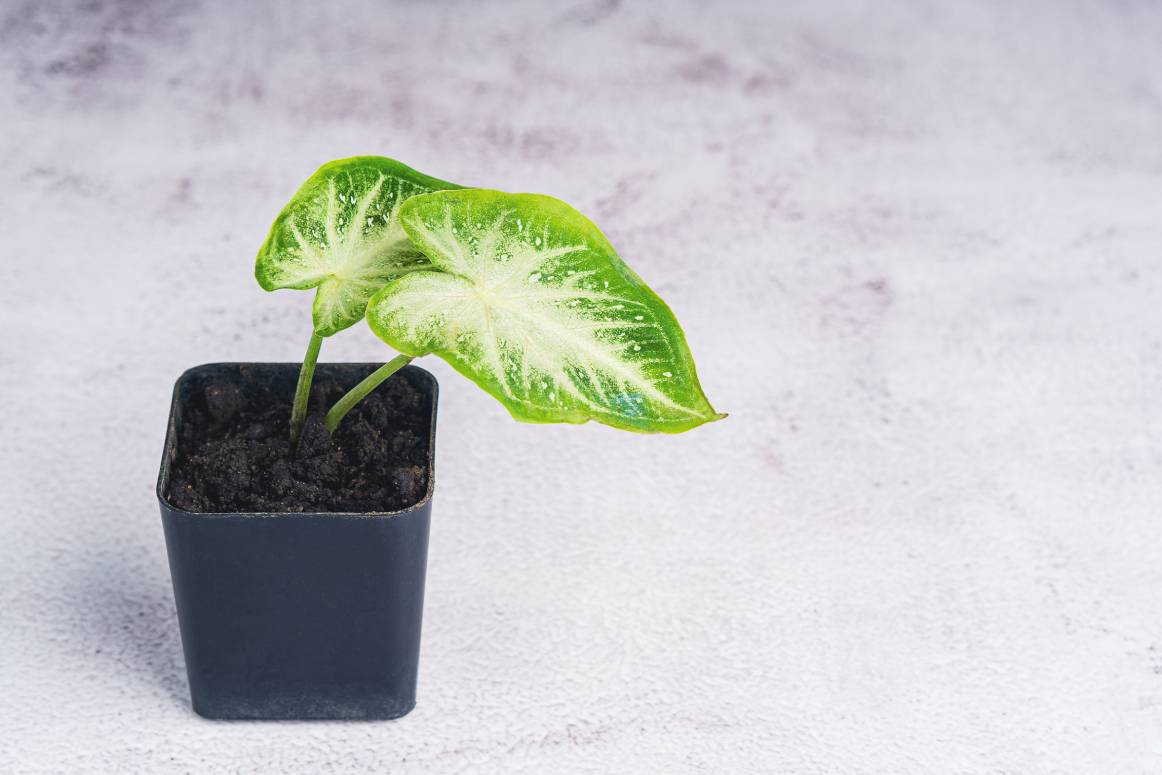
Click to Skip Ahead
Not all of us have room for a garden or easy access to beautiful scenic reserves. Fortunately, there is a way to bring the benefits of nature into our homes: houseplants! Be careful, though, cats seem to be drawn to meddle with our houseplants, and not all are safe for them.
The Nephthytis (Syngonium podophyllum), commonly known as the arrowhead vine, is an example of a toxic houseplant for cats when ingested. Not only is it toxic for felines, but it is also harmful to dogs and humans.
Preventing calcium oxalate poisoning is not just a case of banishing the arrowhead plant, as there are many other plants with similar compounds. Read on to learn more about this toxic compound, how to treat illness, and how to prevent your cat from coming to harm!
Oxalate Poisoning in Cats
The arrowhead plant is toxic in all parts, from the roots to the tips of the leaves but concentrated in the stem and leaf. This plant contains insoluble calcium oxalate crystals. When any part of the plant is chewed or swallowed, these crystals can cause pain, swelling, and gastrointestinal upset, which can lead rarely to a fatal outcome. These plants contain calcium oxalate that forms sharp needle-like crystal structures-raphides.
When the plant cells are punctured by eating, tearing, or crushing they release the crystals which can then cause harm. For cats who ingest the arrowhead plant, this most commonly happens in the mouth, throat, and stomach causing intense pain and irritation. However, eyes and skin can also be affected.
Plants with calcium oxalate have developed this way as an evolutionary advantage. This toxic function protected the plant from any grazing animals.
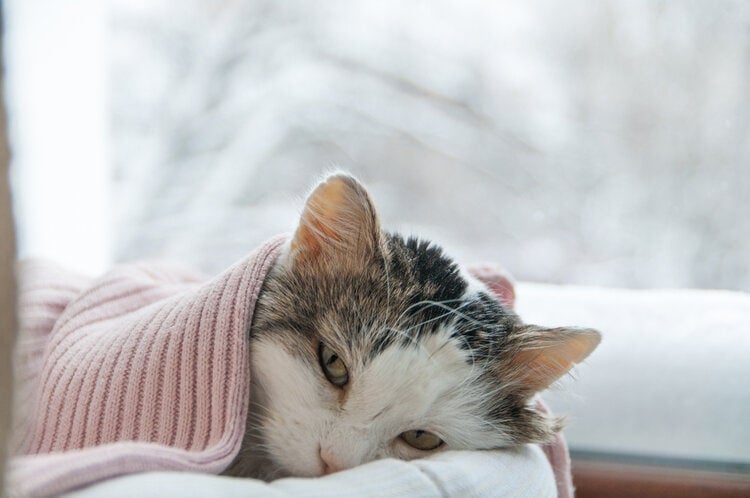
Diagnosis
The only way to know for sure a cat is experiencing toxicity from Nephthytis is if they are seen chewing or consuming the plant, and then fall ill with appropriate symptoms shortly after.
Fortunately, oxalate poisoning is rarely fatal. Only in rare cases could the arrowhead plant cause airway obstruction due to swelling of the glottis or epiglottis in cats. However, oxalate poisoning can cause your cat a lot of pain and discomfort.
Signs
If you saw your cat chewing on your arrowhead vine, you should look closely for any of these symptoms to determine if they are having a reaction to the oxalate crystals.
- Oral irritation
- Pain and swelling in the mouth, lips, and tongue
- Difficulty swallowing
- Excessive drooling
- Foaming at the mouth
- Vomiting or diarrhea
- Frantic pawing at the face, eyes, or skin
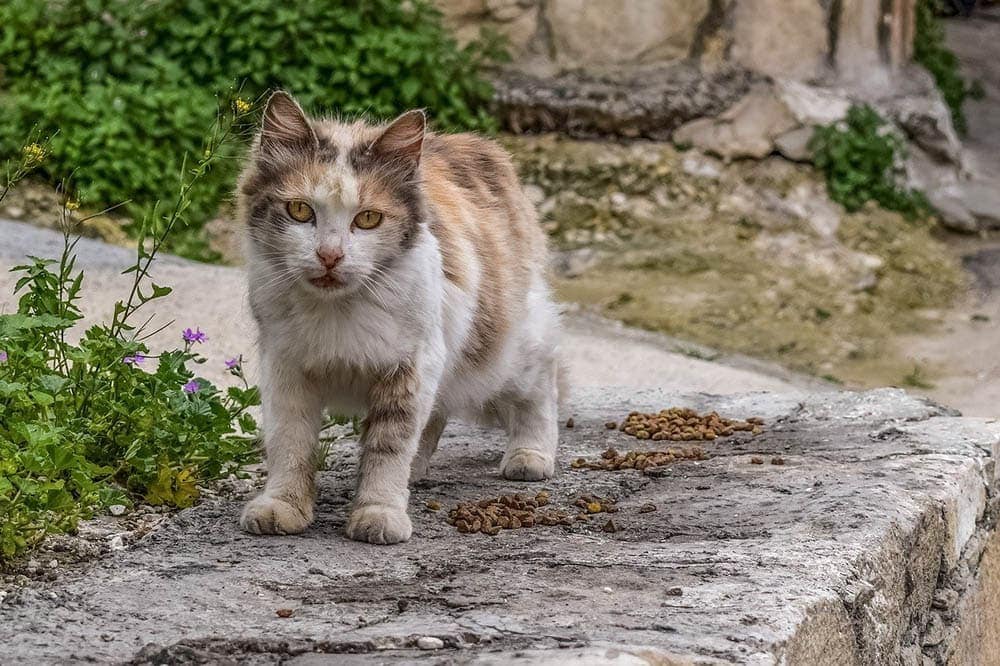
Treatment
There is no specific “antidote” to the toxic effects of Nephthytis. However, if you suspect oxalate poisoning, you should ask your vet for advice immediately. They will likely request you bring your cat in for evaluation.
You can use milk or water to rinse your cat’s mouth out to reduce the number of calcium oxalate crystals present and reduce the pain and swelling. A small amount of milk or yogurt can help to bind the crystals. Make sure the cat can swallow properly first, with some water, to ensure it doesn’t choke.
Your vet can take multiple approaches depending on the severity of the situation. In instances of large consumption, vomiting may be induced. Pain relief and supportive fluids may be utilized to help with the pain and reduce the risk of kidney problems. Veterinary care will help your cat to recover as comfortably as possible.
Other Names for Nephthytis
The tricky thing about many houseplants is that they have many different names! Nephthytis is no exception. Familiarize yourself with all the variations to ensure you know just what plants in your home should be kept well about from your curious cat.
- Arrowhead plant
- Arrowhead vine
- Goosefoot plant
- Syngonium
- Trileaf wonder
- African evergreen

Other Plants That Contain Insoluble Oxalates
The arrowhead plant is not the only plant that can cause oxalate poisoning. Many other common houseplants also contain insoluble calcium oxalates, and similar caution should be exercised with all these plants.
- Pothos
- Calla lily
- Peace lily
- Leopard lily
- Elephant ears
- Philodendron
- Dieffenbachia
- Schefflera
- Chinese evergreens
Some of these plants also contain other worrisome compounds that exasperate oxalate poisoning. For example, the leopard lily contains certain enzymes that stimulate histamine and kinin release, making the inflammatory response much worse.
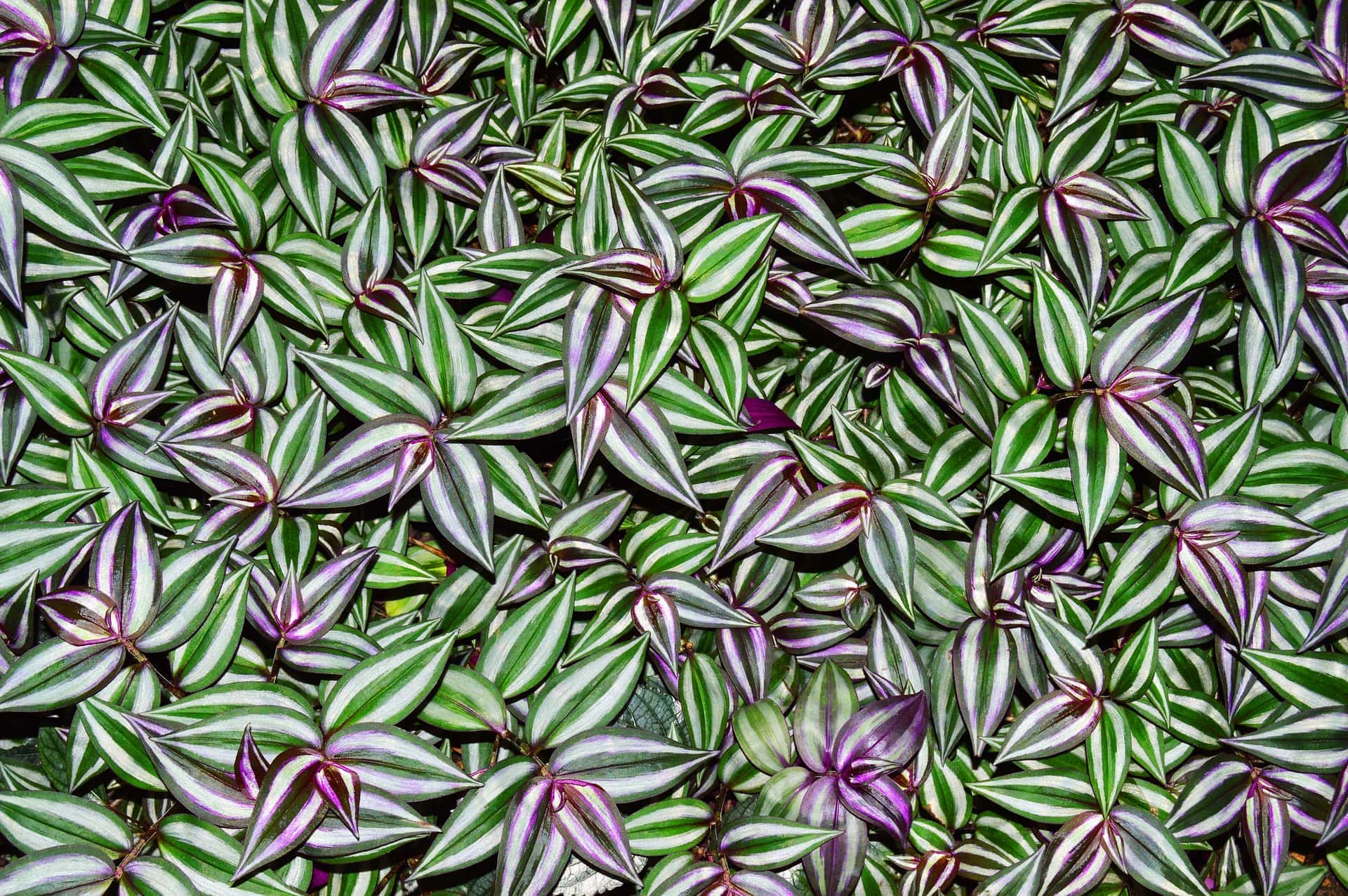
My Cat Ate My Houseplant! What Should I Do?
You may see that the list of oxalate plants above includes many very common and popular houseplants, some of which you may have in your home right now!
Don’t fret, though. Many cats ignore plants in the home, for those that live up to their curious reputations, eating a large amount of a plant is very unusual. If they do choose to investigate them or give them a little nibble it will usually not be more than that.
Firstly, if your cat chews or consumes a houseplant, don’t panic. Look up the houseplant in question to find out whether it is toxic. If it is, monitor closely for any reaction and contact your vet immediately. If you are unsure what your cat has eaten or if the plant is toxic contact your veterinarian for advice.
If the plant is non-toxic and pet-safe, you should still monitor your cat. Non-toxic plants can still elicit an allergic reaction or more likely cause stomach upset. Additionally, large pieces of plants could be a choking hazard or cause a blockage in the digestive system.
 Final Thoughts
Final Thoughts
The Nephthytis (arrowhead vine) is toxic to cats. It is also toxic to dogs and humans. Chewing or consumption of this plant can cause pain and swelling, which can be very severe and in rare cases cause serious health problems.
When keeping houseplants and cats in the same home, you should take measures to keep your cat away from your plants if they show interest in them. Keeping the plants out of the cat’s reach is a simple but effective strategy. You should also give your cat a chance to engage with safe plants if they show interest. Growing cat grass or supervised garden time can satisfy their curiosity. If all else fails, there are a range of natural deterrents to put your cat off your precious plants.
Featured Image Credit: Meebonstudio, Shutterstock


 Final Thoughts
Final Thoughts